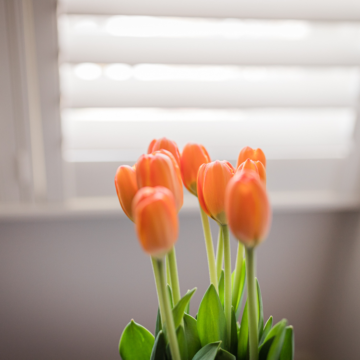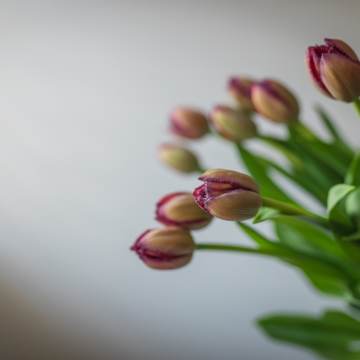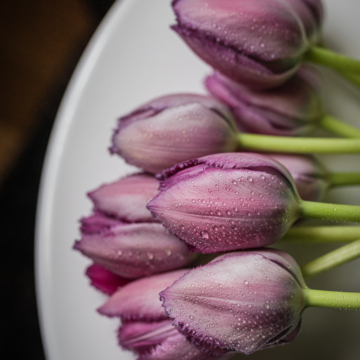Blog
Tulip Tales

Tulips are flowers that captivate us with their vibrant colors and delicate yet simple petals. Their timeless appeal is unmatched, making them a beloved choice among gardeners, flower enthusiasts, and art lovers alike.
Tulips have an interesting history, including a fascinating period called “Tulip Mania.” During the Dutch Golden Age in the 17th century, tulips became a symbol of wealth and prosperity. Prices skyrocketed, and tulip bulbs even became a form of currency. This led to an economic bubble and eventual crash. Despite the financial frenzy, tulips still hold a special place in Dutch culture and are a national emblem to this day. https://en.wikipedia.org/wiki/Tulip_mania
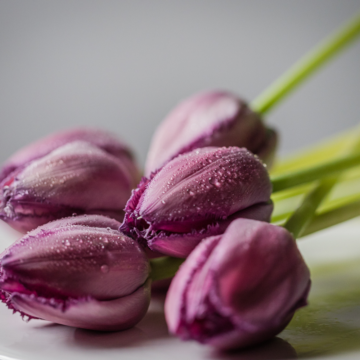
These flowers also have cultural significance in various parts of the world. In Turkish and Persian cultures, they represent abundance, love, and spiritual enlightenment. In the Netherlands, they symbolize national pride and are synonymous with the country. Additionally, tulips are often associated with spring and new beginnings, making them a cherished symbol of hope.
Each colour of tulip carries its own meaning. Red tulips traditionally represent true love, yellow tulips symbolise cheerful thoughts and friendship, white tulips embody purity and forgiveness, and purple tulips represent royalty and elegance.
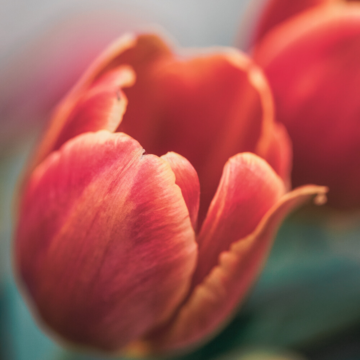
Beyond their beauty, tulips are believed to possess healing properties. They were used in folk medicine to treat ailments like fever and inflammation, and they have antiviral qualities effective against illnesses like the flu and common cold. Tulip flowers also have sedative properties that help treat anxiety and insomnia.
Tulips play a significant role in the cut flower industry, with the Netherlands being the largest producer and exporter of tulip bulbs. Their favorable climate and advanced horticultural practices allow for the cultivation of a wide range of tulip varieties. These bulbs are exported worldwide, bringing joy and beauty to homes, gardens, and events everywhere.
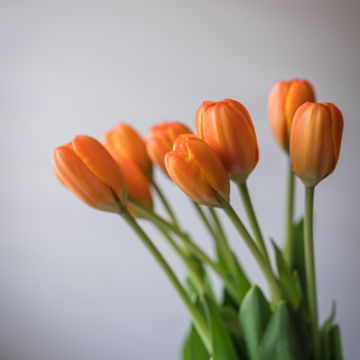
To enjoy tulips to the fullest, proper care is important. Trim the stems at an angle and place them in a clean vase with fresh water. Keep them away from direct sunlight and heating sources to prevent wilting. After a few days in a vase, tulips can appear slightly untidy and untamed, as if they possess a will of their own. Instead of attempting to control them, embrace the fact that these blossoms continue to flourish even after being cut.
Tulips come in an astonishing array of varieties, including some exceptionally rare and valuable ones. The Semper Augustus tulip, famous for its role in the Tulip Mania, remains one of the most renowned and expensive tulips in history. While modern tulips don’t reach those astronomical prices, rare varieties like the Black Tulip or the Parrot Tulip still hold a special place in collectors’ hearts.
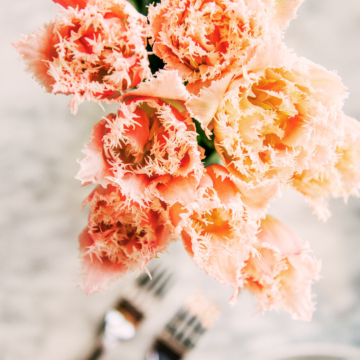
Some fun facts about tulips include their relation to the lily family, their name coming from the Persian word for “turban” due to their shape, and their cultivation originating in Central Asia before spreading to Europe. Tulips have even been grown in space! They are phototropic, meaning they bend and twist to face the sun even when cut and placed in a vase. Tulip Day is an annual event in the Netherlands where visitors can pick and take home over 200,000 tulips for free.
Tulips continue to captivate people worldwide with their beauty and rich history. From their role in Dutch Golden Age to their cultural significance and symbolism, these flowers have become a part of our history and expression. Whether in gardens, bouquets, or works of art, tulips bring elegance, hope, and joy wherever they bloom.
For more on the therapeutic benefits of Tulip ‘energy’ follow @my.blooms over on Instagram
